Nettles, Scotland, and Danish Single Malt
(DK-FRY, no.164)

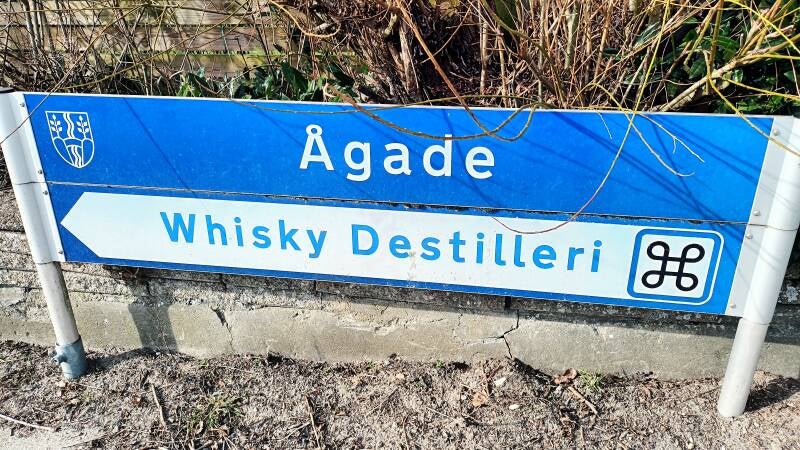
Getting off the bus from Velje (having just visited Trolden Distillery), I found myself in a small, quiet village with woods and rolling fields reminiscent of lowland Scotland. It fits - Jutland lies straight across the North Sea from Scotland, and Farre lies on the same latitude as Larkhall just south of Glasgow.
An excited dog ran up the distillery driveway to greet me, and soon I was being shown around by John, Fary Lochan’s brewer/distiller. After working there part-time for years, he had moved to full time recently and together with his daughter pitched in on distillery tours.
Fary Lochan wears its Scottish inspiration on its sleeve. It’s named for Farre (the local town) and the Gaelic word for a small lake. As I learned on my visit, Edradour was in many ways the model for this distillery, which despite being one of Denmark’s founding whisky distilleries (alongside Braunstein and Stauning) remains very small.
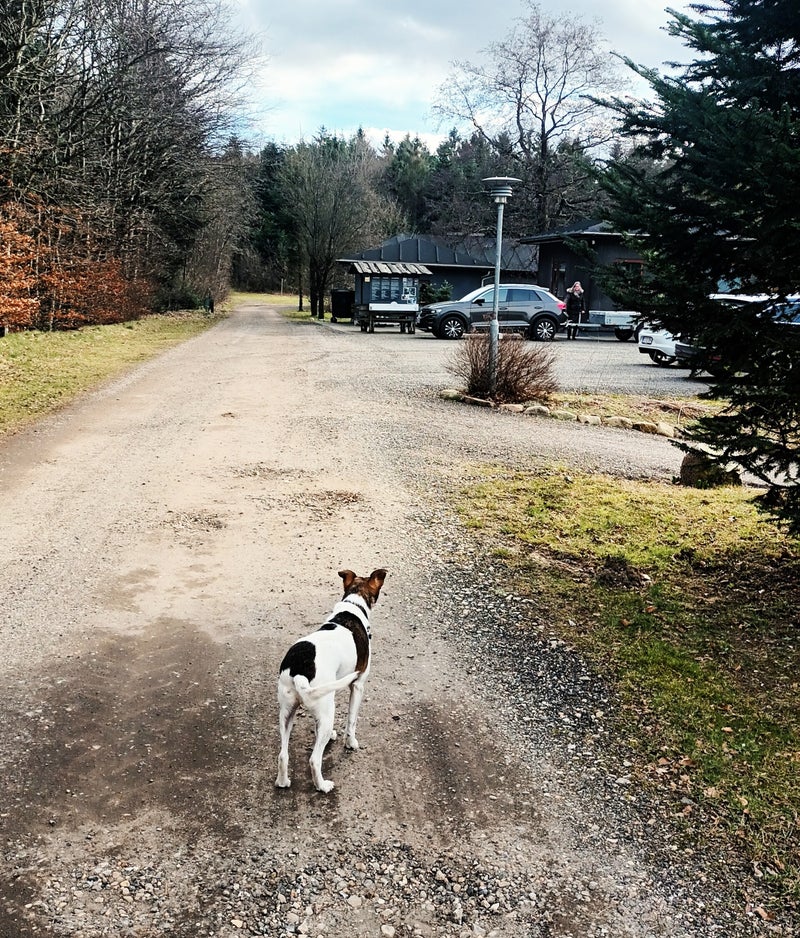
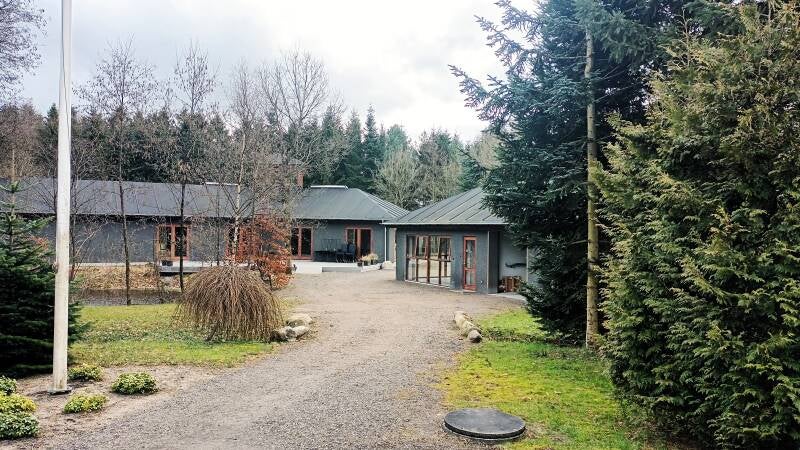
‘We are a microdistillery’, John tells me. The numbers fit that, as they produce around 10,000LPA (litres per annum). For reference, the smallest Scottish distillery by LPA appears to be Dornoch, which still makes 25,000LPA. Fary Lochan was founded in 2009, with the founder sadly dying in 2016 and leaving Fary Lochan to be carried on by his family. They are just on the verge of releasing their first 12YO whisky, one of the oldest in the country. They also made history as the first Danish whisky to be bottled by the SMWS (in 2019).
Walking between small distillery buildings surrounded by trees, John explained that the small distillery had grown piecemeal, filling cellars with casks as it went. At first, they had to import distilling malt form Scotland via Esbjerg - it was an unavoidable expense while Denmark made no distilling malt of its own. Now, Fary Lochan gets malt from Fuglsang (just like Trolden), which has grown so much that it now exports malt - including to Scotland!


FL buys green malt and further sprouts it for two more days on a steel table - a kind of halfway between buying malt in and doing it themselves, I guess. However, probably the most unique selling point of Fary Lochan is its use of nettle-smoked malt. Nettles are sustainable, sure… but where did that idea come from?!
I’ve eaten nettles in soup, used them as fertiliser in gardens, and heard that their seeds are also nutritious… but smoking with them? The idea apparently came from the founder’s experience growing up in Fyn, where his family’s traditional cheese was smoked this way. This reminds me of yarg, a cheese from the West Country wrapped in nettles to age - but that isn’t smoked!
When John refers to nettle-smoked malt, he always says ‘peat’ - but don’t be mistaken, there is no actual peat (tørv) anywhere in Fary Lochan whisky. That said, the nettle-dried malt does really smell peaty, not wood-smoky. To dry 150kg of barley, Fary Lochan needs 2 trailers full of nettles. Similar to peat burning colder and wetter than dry wood, these nettles are used when wet and freshly harvested.
Not only that, but John explained that the nettles must be picked in the morning to ensure they are full of sap. Otherwise, the smoke apparently becomes too heavy. The smoking takes 2 days, but at least sourcing the nettles takes little effort. All this quantity can easily be found growing around the distillery grounds, small as they are.


Fary Lochan only makes single malt, but different balances of nettle-smoked and regular barley malt give them four different kinds of base spirit. Spring has just a touch of smoked malt; Summer has none at all. Autumn has a higher level of smoke than Spring, and Winter has the highest smoke level of all. Bear in mind, even the Winter spirit only contains 10% nettle-smoked malt. A little goes a long way! There is apparently one barrel of fully smoked Fary Lochan ageing in an ex-Laphroaig cask somewhere…
In a small room smelling of fresh bread, John showed me Fary Lochan’s mash tun. Equipped with a filter, this only sees 2 sparges (67C and 70C) - they don’t do enough batches or have the energy budget for a 3rd, reused for the next batch in the Scottish style. That said, they do recycle hot water from the condensers to heat the next wash batch; a common arrangement in Scotland, less so in small Danish distilleries.
After that, Fary Lochan mash ferments for five days in stainless steel washbacks. Just like many Scottish distilleries, Fary Lochan hauls away their draff to local farms, and struggles to get enough water in the summer. The distillery has a pond at its centre, and John told me about having to refill it with water from the condensers once to prevent the fish from dying.
Speaking of condensers, let’s take a look at the stills. As part of their direct Scottish inspiration, Fary Lochan uses direct gas-fired Forsyths stills - the only ones in Denmark, apparently. A fun quirk of the distillery layout (with many smaller buildings spread about the site) is that the wash and spirit stills are found in completely different buildings!
If Scottish distilleries sometimes talk about ‘onion’ shaped stills, then these are spring onions - you could almost wrap your arms all the way around them. They have short necks without being too squat, and run into shell-and-tube condensers. The lyne arm for the wash still is perfectly flat, while the spirit still’s arm slants downward a little.


There’s also an odd still in the corner used for gin, made by Serbian firm DES. Since 2016, Fary Lochan have also been producing gin using local botanicals (and not, as I mis-wrote in my notes, local Bionicles). In fact, they currently make quite even percentages of gin, schnapps, and whisky, the first two providing income to subsidise the whisky-making.
Moving through more Fary Lochan’s buildings, one is an impressive tasting space which also serves for stockholder meetings - maybe you could host a wedding reception there! They also have a lookout space built into the roof, intended to resemble a Scottish ‘pagoda’ roof - or Doig Ventilator, for the technical minded.
Turning to casks, the little cellars at Fary Lochan are rapidly filling up. Some are connected underground. At this rate, I think they should simply make the whole site two-tier: buildings above ground, and one massive cellar interconnected underground.
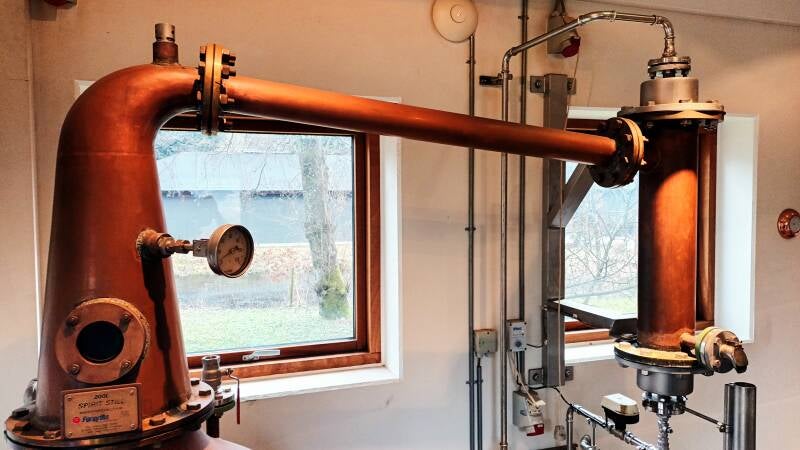

Most Fary Lochan casks come from the Speyside Cooperage, though more third parties have become involved since Brexit drove up costs. Along with many 50L PX casks, Fary Lochan have some from Bruichladdich: I guess ‘ex-Islay’ isn’t always Laphroaig then! They also have some cognac butts (which apparently cost about €2000 each!), and a Mackmyra barrel filled with apple brandy.
The barrels are stacked three high like an old dunnage warehouse, in another nod to Scottish practice. These cellars have very cool, consistent temperatures. As a centrepiece, large engraved Amontillado sherry butts stand in the middle of the room, made in 1925. Nearly a century old, these barrels have survived a lot!
After all that, it was time to taste some of the fruits of all this labour…
First, John offered me the Fary Lochan Moscatel. This whisky spent roughly three years in bourbon and two to three in moscatel and is bottled at 47%. It's a little drying, with peach skin flavours but a juicy, sweet finish hiding at the back of the mouth. It's one to sit and think about - I quite enjoyed it myself.
The nettle-smoke note that is signature Fary Lochan is almost an off-note. John likened it to a fresh carrot, and it really does form part of an unmistakable distillery character: a terroir, if you will. If you’ve ever wondered what a good whisky with “vegetal” tasting notes would be like, try a heavier-smoked Fary Lochan.
It's great to have a concrete example of a whisky which is high-quality but not actually to my personal taste. If anyone accuses me of saying every whisky I try is fantastic without any critique, let this put them right! Just because this isn’t my ideal dram doesn’t mean I don’t appreciate it - there is absolutely a slice of whisky drinkers who will love this. It's a bit of a challenge, you need to sit and think about it: not for beginners, I think.


The Distillery Edition no. 7 (also 47% ABV) spent seven years in bourbon casks and two to three years in Oloroso. It sticks on the finish again; syrupy despite the very light colour of this dram.
The Sauternes spends roughly half its seven years (-ish) in bourbon and the other half in Sauternes. This recent release is a step up in ABV to 57%. With strong vapours, its sweet nose is classic, heavy Sauternes. The palate and finish are dry, spicy, and equally heavy - it’s fantastic.
Talking about our experience of higher ABV whiskies, John talked about his daughter also working at Fary Lochan and memorably said “We don't drink whisky under 50%.”


John is clearly very proud of the Smoke and Sherry Batch 2. With its higher ‘winter’ level of smoke, this eight-ish year old is finished in PX with a higher ABV of 50.7% keeping the sherry at the forefront (as John explained to me). Instead of smelling outright smoky, this dram was heavy with a faint but unmistakable note of bacon on the finish. The sherry balancing out that nettle-smoke works better for me personally…
If you like the sound of a small, quirky distillery, Fary Lochan might suit you well. Similar to Trolden, their batches are only around 300 bottles, and many are reserved for subscribers and stockholders: many sell out within a few weeks. Fary Lochan has yet to expand enough to fill even the domestic demand within Denmark, let alone international demand. While they do export to other countries, it's clear that this single malt is going to be a precious commodity for a while yet.
You’re never going to buy bottles super cheap or in large numbers, but if you like something a bit prestige - a distillery which helped lead the way for Danish single malt - then this is for you. Most importantly, if you prefer something rich without being overly sweet, some nettle-smoked malt might be ideal.
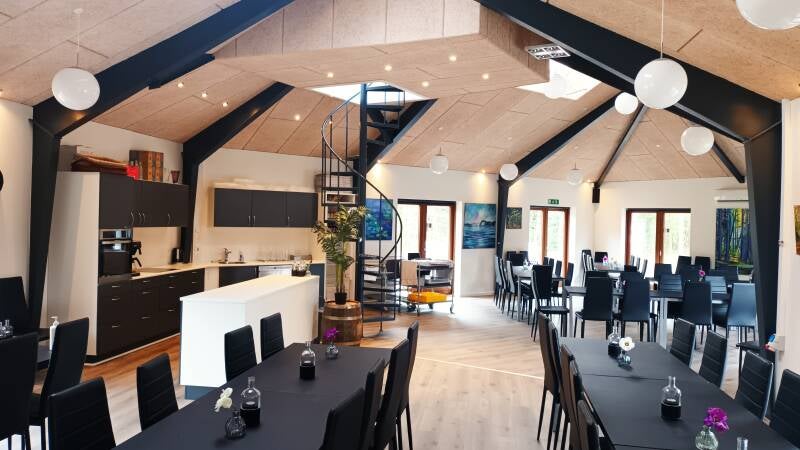



Add comment
Comments